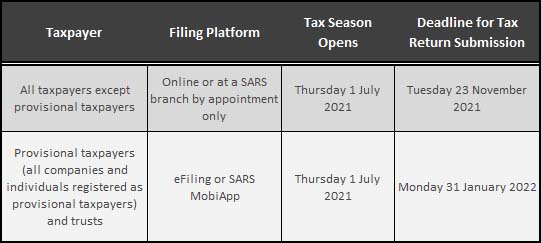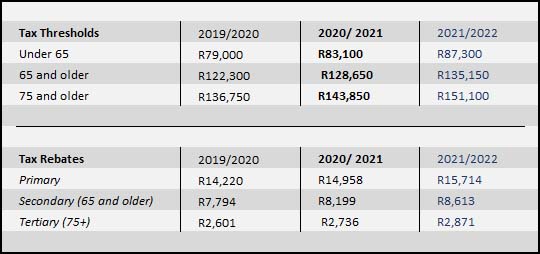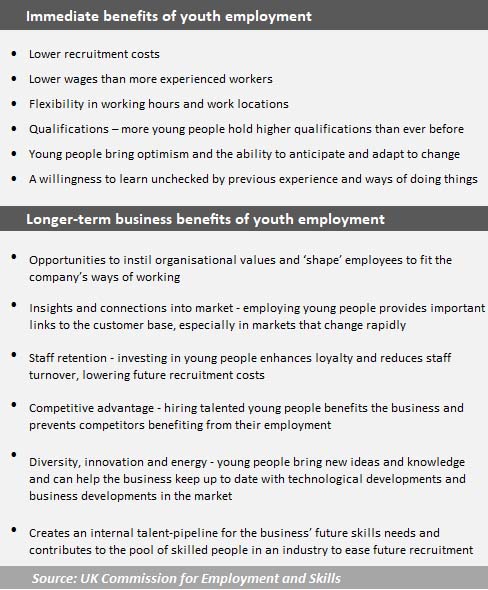
Sasria Claims
As you have seen in the media, several protest actions arose in KZN, Gauteng and some other areas.
Sasria SOC Ltd would like to give you the assurance that we are well capitalised with capital adequacy ratio of more than 3 (three) times, and in addition we have adequate reinsurance programmes We are confident that we will be able to provide for the anticipated claims.
The current situation necessitates that we communicate with you as our Agent Companies and Brokers, the claims process to ensure we are well positioned as partners to navigate these trying times.
We are ready to help you
1. Internally, we have created a CAT event code, and centralised all the claims that stem from the recent events to a specialist team of experts who will facilitate the claim handling.
2. We request that all claims stemming from these events are registered with the Agent company who will in turn register the claims with Sasria. This is as per our business model and ensures we are all able to manage the claims effectively and expediently. Please use the email addresses as provided below.
3. Please ensure that all relevant information for claims registration is provided at the point of registering the claim with Sasria (loss adjuster report, coupon, underlying policy, proof of premium payment).
4. We request that Loss Adjusters and Assessors be appointed within the given mandates. For all claims above R1m, the confirmation of appointment of Loss Adjusters should be confirmed by contacting the claims contacts stated below.
5. We have also appointed Loss Adjusting companies to collate all information to expedite the claims.
To avoid unnecessary delays in managing the claims, it is important that the above process be followed and complied with.
We have also received several queries relating to underwriting. In the event that your client requires Sasria cover, please proceed and issue coupon following our underwriting regulations. Clients may request to initiate Sasria cover at any time or increase their insured limits as per the regulations. We will honour all new business requests, however, the client will need to declare no existing damage is in place at the time of issuing cover or increasing cover. Pre-existing damage is not covered. We urge all Agent Companies to review the regulations published on our website, www.sasria.co.za.
Again, we want to ensure you as our partners, that we are well geared to facilitate the claims that may arise, and we value your continued support.
Contact details
Claims:
New Claims: newclaims@sasria.co.za
Existing Claims: claims@sasria.co.za please use the CMS claim number from the original registration in the subject line to allow for auto allocation.
Payment: payments@sasria.co.za for invoices and signed releases /AOL’s. please use the CMS claim number from the original registration in the subject line to allow for auto allocation.
For Loss Adjuster mandates and other queries regarding this claims – nomfusig@sasria.co.za Nomfusi Gogoba
jackp@sasria.co.za Jack Poopedi
richardp@sasria.co.za – Richard Phakathi
Mmakgomom@sasria.co.za Mmakgomo Motalane (claims manager)
Underwriting queries:
Please refer all underwriting queries to underwriting@sasria.co.za.
Lastly, I would like to thank you for your continued support and cooperation. In these trying times, your assistance will aid us in delivering the acceptable service to our mutual clients.
Should you encounter any problems, please do not hesitate to contact me.
Fareedah Benjamin
Executive Manager: Insurance Operations
General query bank
1. What is Sasria?
Sasria is a Short-Term Insurance Company that provides coverage for damage to property caused by special risks such as politically motivated malicious acts, riots, strikes, terrorism and public disorders.
2. Who owns Sasria?
Sasria SOC Ltd is a public enterprise listed under Schedule 3B of the Public Finance Management Act No. 1 of 1999. Sasria is wholly owned by the State and reports directly to the National Treasury.
3. What does Sasria cover?
Sasria covers the following risks:
– Terrorism
– Public disorder
– Strikes (e.g. labour unrests, etc.)
– Riots
– Political (e.g. service delivery protests, etc.)
– Non-political (e.g. student riots, commuter agitation, etc.)
4. Is Sasria cover compulsory?
Sasria cover is not compulsory. The policyholder has an option not to purchase Sasria cover, provided that they understand what they are exposed to without Sasria cover.
5. How do I buy Sasria cover?
Sasria cover is bought through insurance companies (referred to as Agent companies) who are responsible for the administration of Sasria cover. Clients who have brokers can speak to their brokers to arrange Sasria cover for their assets, on their behalf.
6. Who qualifies to buy Sasria cover?
Sasria cover is available to individuals and businesses that have property situated within the borders of South Africa, as well as South African waters.
7. Does Sasria cover war?
No, war is an exclusion in terms of Sasria.
8. Does Sasria cover pandemics such as Covid 19?
No, Sasria does not cover pandemics or any financial loss as a result of a pandemic.
9. Am I covered by Sasria if I get injured in a strike or protest?
Sasria does not have a license to cover personal injuries or loss of life, therefore excluded.
10. Does Sasria cover natural disasters such as hail, floods, earthquakes?
No, natural disasters are excluded under the Sasria cover.
11. Who may issue Sasria cover?
Sasria Coupons and Policies may only be issued by Insurance Companies (referred to as Agent companies) who have received authority from Sasria and have signed outsourced and intermediary agreement.
12. Sasria cover attaches to the underlying policy, does this mean my property is covered for Sasria in the same territories as the underlying policy?
Sasria cover is restricted to property situated within South African borders and waters.
13. Does Sasria provided any liability cover?
No, Sasria does not cover liability.
14. As a government employee, is my property automatically covered for Sasria, since it is a State-owned Company (SOC)?
Sasria cover is not automatic to any client or government employees. Cover must be bought, by
way of premium through an underlying insurer.
15. Does Sasria have shareholders?
Sasria has a sole shareholder which is the South African government.
16. Does Sasria charge an excess at the time of loss?
Sasria does not charge an excess at claims stage except in a case of Contract works claims.
17. Does Sasria provide car hire?
Sasria does not offer car hire cover.
18. Does Sasria cover Looting or any riot that occurs during lockdown or due to COVID-19?
Sasria cover remains unchanged even during this period of lockdown. Clients who have Sasria cover on their policies will still enjoy the normal Sasria cover for Perils defined on the policy wording.
19. Sasria cover excludes theft. What happens if a riot breaks out and goods or stock are looted
during the riot?
Looting is not a stand-alone Sasria peril and will only be covered, if it occurs during an active Sasria peril for which Sasria accepts liability.
20. To avoid Looting, can the client appoint security guards if they have unrest in their area?
Security cost cover for imminent danger can only be activated if there is an active Sasria peril within a 10km radius of the insured premises.
21. Due to the lockdown, Liquor businesses are being burgled and alcohol is stolen from the premises due to the lockdown non-alcohol sale. Please advise if this will be covered under Sasria.
Sasria does not cover loss or damage due to burglaries or theft, this should be referred to the underlying insurance company on cover. If you have any other information that suggests this incident may be Sasria-related, please liaise with the insurance company and they will follow the normal claims process. Sasria will treat such claims like any other Sasria claims by looking at the circumstances and merits to decide whether the claim is valid.
22. Does Sasria cover my business for loss of income during this COVID-19 epidemic or
lockdown?
The general rule dictates that the Sasria Business Interruption (BI) cover must always follow the material damage of the property listed in the policy schedule. Secondly, our BI cover is a standalone cover and does not follow the underlying policy. In our view this BI following a nonmaterial damage in the case COVID-19 or lockdown cannot be a claim in terms of Sasria.
23. Is it a Sasria rule that the Insured must prove that material damage caused to insured property, is related to riots, strikes etc?
Should the insured suffer damage or loss that they suspect could be Sasria related, a claim should be submitted through the right channels, even when not sure Sasria would cover it. This will give Sasria an opportunity to investigate fully and be in a position to make a proper decision on liability.
24. How will Sasria ensure you remain financially sound to continue to pay claims even if there is large outbreak in claims over the next year?
Sasria has a strong balance sheet and is well capitalised backed by a strong reinsurance programme. Sasria has also embarked, as it would behove any business in these uncertain times, to construct a sustainability and recovery plan due to the expected drop in premium.
25. Please clarify looting and when this will be a valid claim under Sasria?
Looting is not a stand-alone Sasria peril and will only be considered as a valid claim in terms of Sasria if it occurs during an active Sasria peril for which Sasria accepts liability.
26. Will Sasria look into offering cover or a product with regards to BI – infectious diseases in the future (as most insurers are busy excluding this as a general exclusion)?
The Saria Act limits Sasria cover to specific special risks and we are not licenced to cover infectious disease. This will require changing the act. It is also subject to finding adequate reinsurance to cover this risk and the reinsurance market is currently averse to offering this cover.
27. If a Sasria claim arises where a client has not abided to the national lockdown regulations – will the claim still be entertained?
Sasria cover follows but does not attach to underlying policies. Any exclusion pertaining to duty of care and or non-compliance to the law may be considered when the claim is being validated. However, each claim is treated based on its own unique circumstances and merit and therefore we are only able to determine the liability on investigation of the claim.












